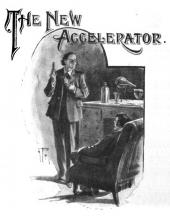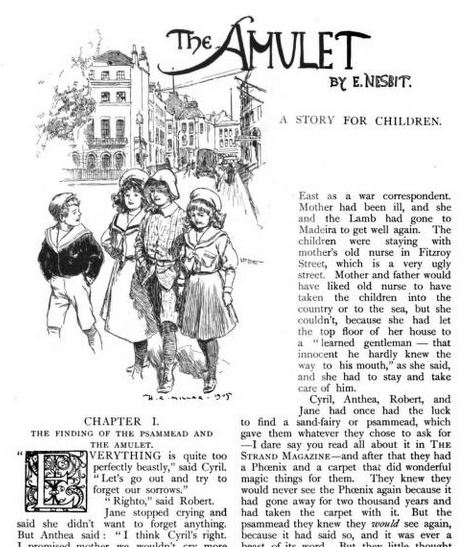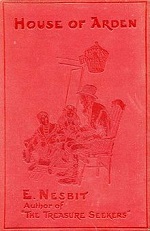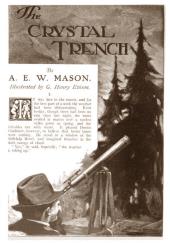Puck is an elf who magicks people from the past to tell their stories to two children in England.
These first ten Puck stories were published in British version of
The Strand Magazine from January through October of this year. In the states, the first four stories appeared simultaneously in
The Ladies’ Home Journal. All ten stories along with sixteen poems were published together in the 1906 collection,
Puck of Pook’s Hill.
- “Weland’s Sword” The Strand, Jan 1906
- “Young Men at the Manor” The Strand, Feb 1906
- “The Knights of the Joyous Venture” The Strand, Mar 1906
- “Old Men at Pevensey” The Strand, Apr 1906
- “A Centurion of the Thirtieth” The Strand, May 1906
- “On the Great Wall” The Strand, Jun 1906
- “The Winged Hats” The Strand, Jul 1906
- “Hal o’ the Draft” The Strand, Aug 1906
- “Dimchurch Flit” The Strand, Sep 1906
- “The Treasure and the Law” The Strand, Oct 1906
Some of these stories were told by Puck himself rather than by historical figures. Puck told me that the first time-traveling storyteller was Sir Richard Dalyngridge in the second Puck story in the February
Strand. —Michael Main I sat down. “Give me the potion,” I said. “If the worst comes to the worst it will save having my hair cut, and that I think is one of the most hateful duties of a civilized man. How do you take the mixture?”





